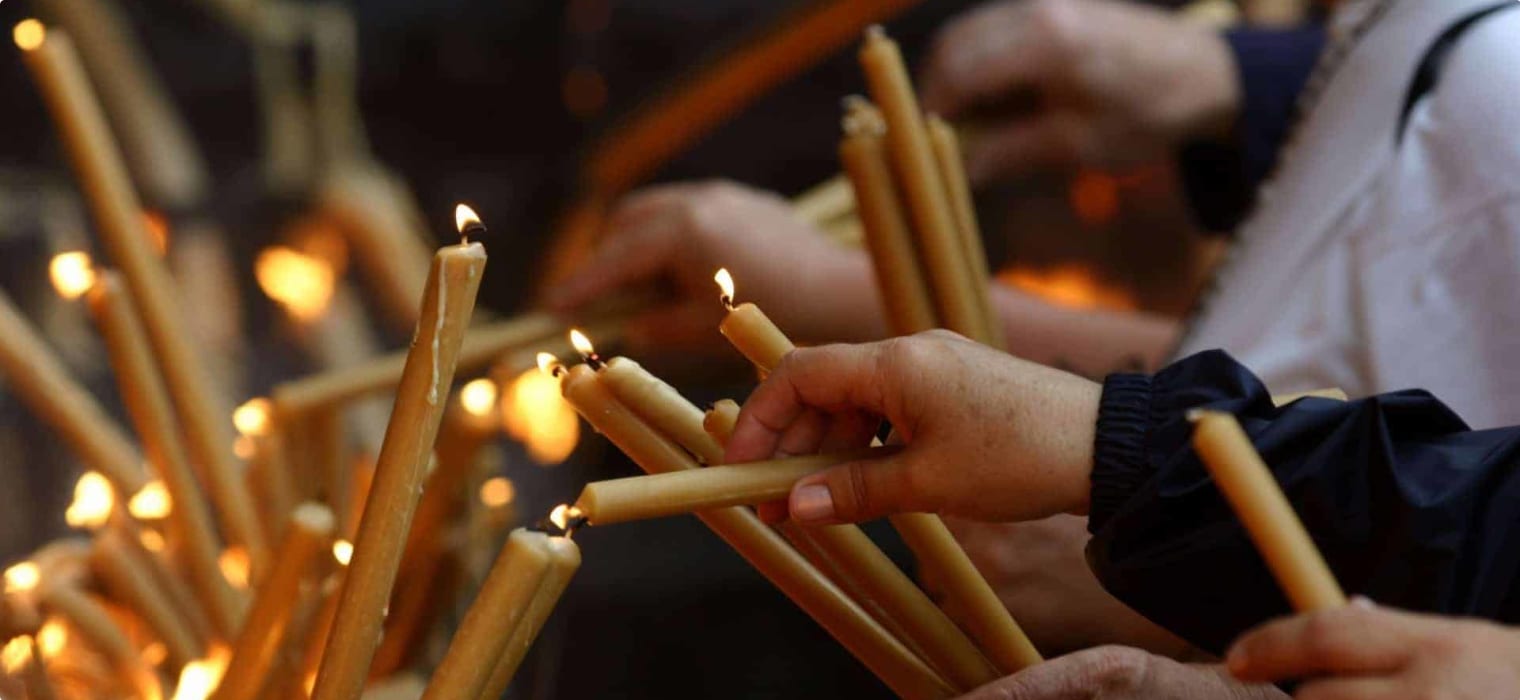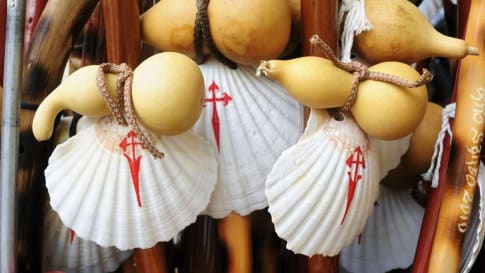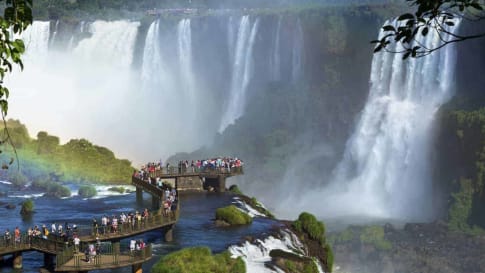Pilgrimages of the World- Advice for Seniors & Mature travellers
Pilgrimage routes and walking tours Several pilgrimage tracks remain intact and active centuries after they were first established. Many Odyssey tours trace their routes, walking in the footsteps of people who sought religious or spiritual…
14 Aug 17 · 9 mins read







